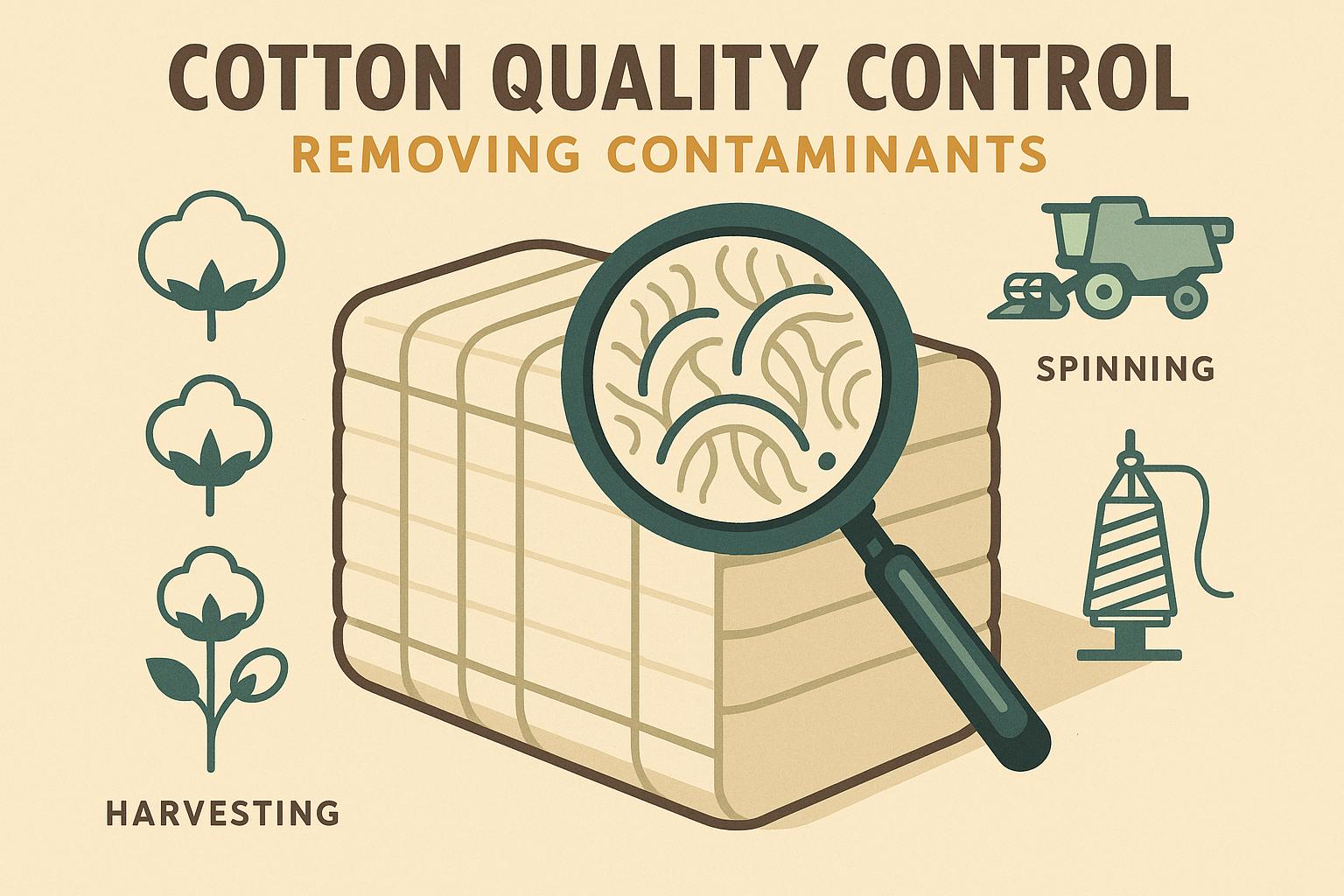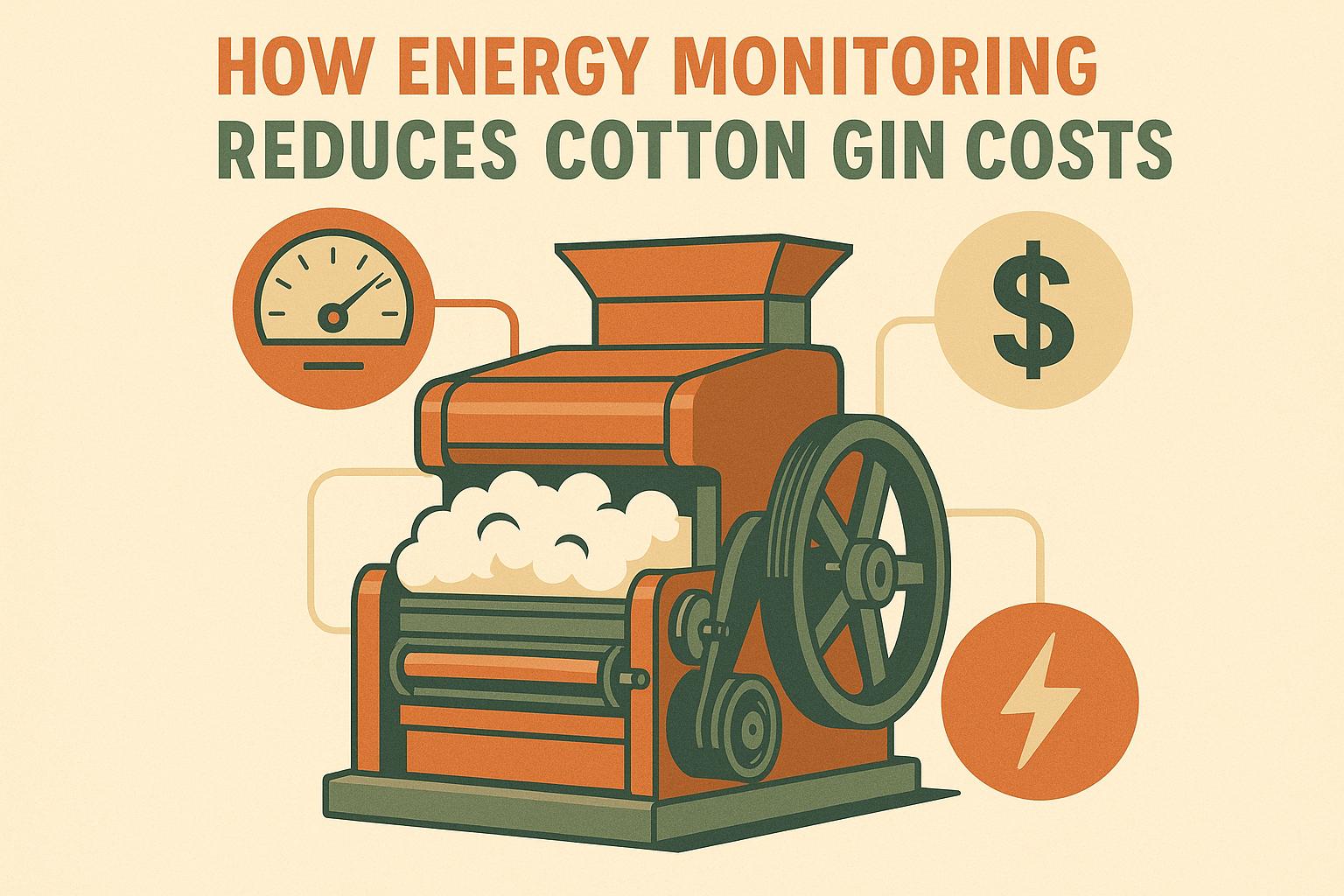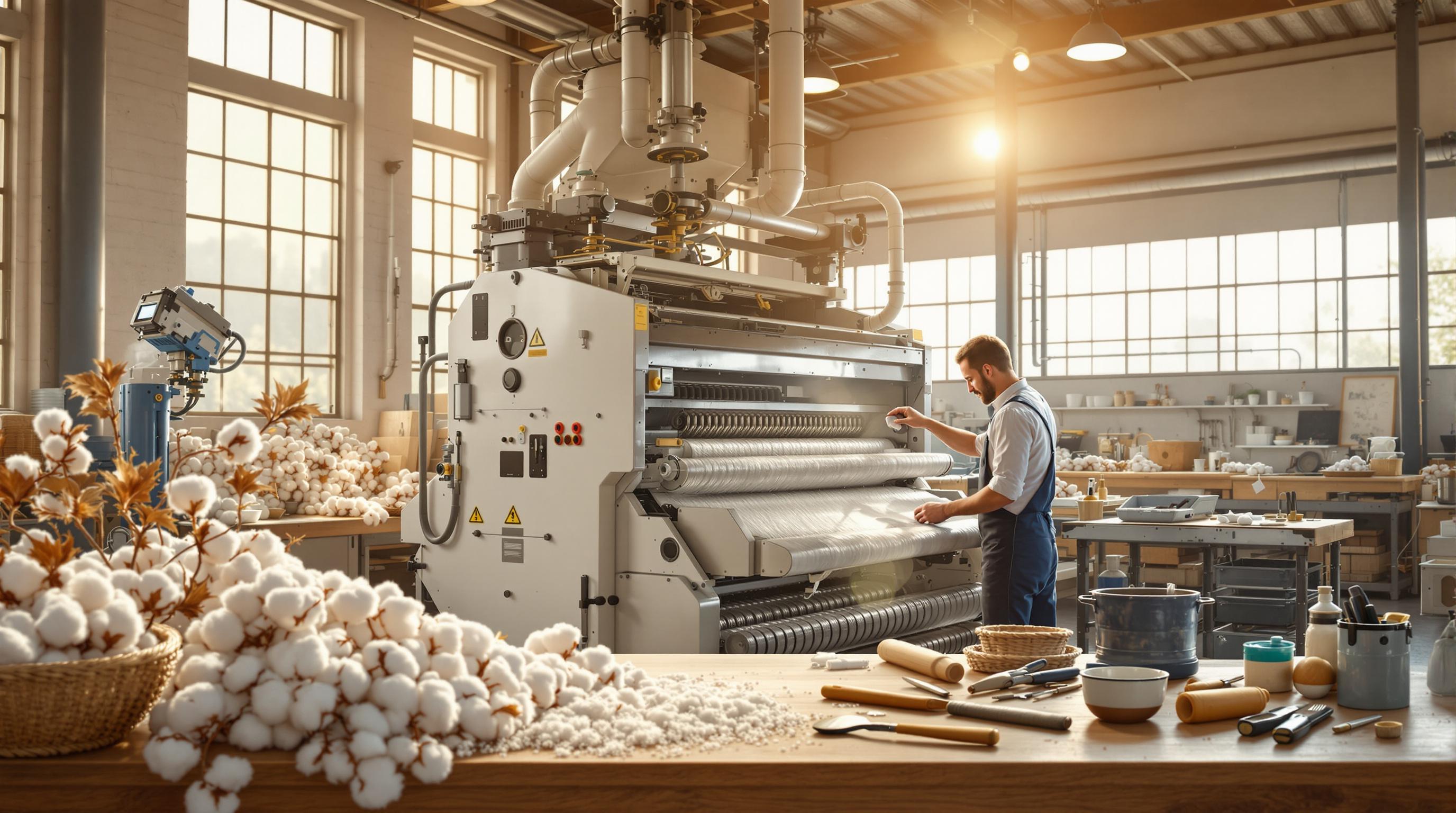Cotton has been a cornerstone of South Carolina's agricultural and economic history, profoundly influencing the state's development from the late 18th century onward. Introduced as Sea Island cotton in the 1790s, it quickly became a symbol of wealth in the Lowcountry, driving the antebellum economy through vast plantations and enslaved labor. By the mid-19th century, South Carolina was a leading producer, exporting massive quantities that fueled global textile industries. The industry faced devastating setbacks from the Civil War, Reconstruction, and pests like the boll weevil, but innovations in mechanization and milling revived it in the 20th century. Today, with advanced farming techniques and sustainable practices, cotton remains a key crop, with 396,000 bales produced in 2024 on 225,000 planted acres, contributing significantly to the state's $3.2 billion agricultural sector. This post delves into the enduring legacy of cotton in South Carolina, from its early roots to its modern resilience.
Cotton's Early Years in South Carolina
Cotton's story in South Carolina began in the colonial era, evolving from experimental plantings to a dominant cash crop.
First Cotton Farms
Cotton cultivation took hold in the late 18th century, with Sea Island cotton—a long-staple variety known for its silky fibers—first successfully grown in 1790 by William Elliott at Myrtle Bank Plantation on Hilton Head Island. This high-quality cotton, imported from the West Indies, thrived in the coastal Lowcountry's humid climate and sandy soils. Early farms were small-scale, often integrated with rice and indigo production, but the crop's potential for textiles sparked interest among planters. By the early 1800s, areas like Beaufort and Charleston became hubs, with Native American and enslaved laborers contributing to initial harvests.
Rise as a Major Crop
The invention of Eli Whitney's cotton gin in 1793 revolutionized the industry by efficiently separating seeds from short-staple cotton, making upland varieties profitable in the state's interior. This led to rapid expansion into the Piedmont and backcountry, where fertile soils supported massive yields. By 1820, South Carolina produced over 100,000 bales annually, becoming the nation's top exporter. The crop's rise intertwined with the domestic slave trade, as demand for labor surged. Publications like the South Carolina Agricultural Society's journals from the 1820s promoted best practices, further boosting production.
Pre-Civil War Cotton Industry
Before the Civil War, cotton dominated South Carolina's economy, creating immense wealth but at a profound human cost.
Plantation Growth
The antebellum period saw explosive growth, with plantations sprawling across the Black Belt region—named for its dark, fertile soils. By 1860, South Carolina produced nearly 20% of the U.S. cotton supply, valued at millions, with exports shipping from ports like Charleston and Cheraw. In 1819-1820 alone, Cheraw shipped 3,264 bales, rising to 15,192 by 1822-1823. Sea Island cotton fetched premium prices for its quality, while short-staple varieties filled global markets. Infrastructure, including rivers and early railroads, facilitated transport, solidifying cotton as the state's economic engine.
Slavery in Cotton Production
Cotton farming relied heavily on enslaved African Americans, who comprised over 80% of the agricultural workforce by 1860. Plantations like those in the Lowcountry forced laborers to plant, tend, and harvest crops under brutal conditions, with daily quotas of 150-400 pounds per person. The crop's labor-intensive nature drove the expansion of slavery, with South Carolina's enslaved population growing from 107,000 in 1790 to over 402,000 by 1860. This system not only built planter fortunes but also shaped the state's political stance, contributing to secession and the Civil War.
Civil War and Recovery
The Civil War shattered South Carolina's cotton empire, but the industry adapted in the postwar era.
Civil War Effects
Union blockades and military campaigns devastated production, halting exports and destroying fields and gins. Many plantations were abandoned or burned, and the Confederate government's push for food crops over cotton further reduced output. By war's end in 1865, the industry was in ruins, with economic chaos compounding the loss of enslaved labor through emancipation.
Post-War Labor Changes
Reconstruction brought sharecropping and tenancy systems, where freed African Americans and poor whites farmed land for a share of the crop, often trapping them in cycles of debt. Federal programs like the Freedmen's Bureau offered some aid, but recovery was slow. By the 1880s, production rebounded with the establishment of cotton mills, such as Charleston's in 1880, which processed raw cotton locally and employed white workers. The Alabama Agricultural Experiment Station's research influenced South Carolina practices, promoting fertilizers and pest control to improve yields.
1900s Industry Changes
The 20th century introduced mechanization and challenges that transformed South Carolina's cotton sector.
Cotton production peaked at over 1.5 million bales in the 1910s, but the boll weevil infestation starting in 1917 decimated fields, reducing acreage by half in some areas. The Great Depression exacerbated issues, with prices plummeting and farms foreclosing. Child labor was prevalent in mills and fields until reforms in the 1930s.
Innovation spurred revival: Mechanical pickers and tractors replaced manual labor by the 1940s, while the New Deal's Agricultural Adjustment Act paid farmers to limit production, stabilizing markets. Post-World War II, synthetic fibers competed, but South Carolina adapted by focusing on quality. By the 1970s, irrigation and pesticides boosted efficiency, though environmental concerns led to sustainable shifts.
Cotton Farming in South Carolina Today
Modern cotton farming in South Carolina emphasizes technology and sustainability to maintain competitiveness.
Modern Farming Methods
Farmers use precision agriculture, including drones for monitoring soil and pests, GPS-guided planting, and genetically modified seeds resistant to boll weevils. Sustainable practices like conservation tillage reduce erosion, while research from Clemson University supports variety selection and water management. The state's mills, though fewer, integrate advanced ginning for higher-quality output.
South Carolina's Place in the U.S. Cotton Market
In 2024, South Carolina planted 225,000 acres of cotton, harvesting 221,000 acres with an average yield of 860 pounds per acre, producing 396,000 bales—ranking it among the top 10 U.S. producers. The crop generates over $200 million annually, supporting jobs in farming, ginning, and textiles. Challenges like Hurricane Helene in 2024 impacted yields, but resilient varieties and insurance programs aid recovery. With projections for 2025 showing potential acreage increases, South Carolina cotton contributes to global exports, particularly in apparel.
Conclusion: South Carolina's Cotton History and Future
South Carolina's cotton legacy spans from the 1790 introduction of Sea Island varieties to antebellum dominance, Civil War disruptions, and 20th-century innovations. Key milestones include the 1793 cotton gin, boll weevil battles, and modern mechanization, reflecting the industry's adaptability amid economic and social upheavals.
Looking forward, precision farming and sustainability will drive growth, addressing climate challenges and market demands. As noted in historical analyses, water and pest management remain crucial. With strong production in counties like Florence and Orangeburg, South Carolina's cotton sector honors its past while innovating for a prosperous future.
FAQs
When did cotton farming start in South Carolina?
Cotton cultivation began in earnest in 1790 with William Elliott's planting of Sea Island cotton on Hilton Head Island, expanding rapidly after the cotton gin's invention in 1793.
What was South Carolina's peak cotton production?
Production peaked in the early 20th century, with over 1.5 million bales in the 1910s, though the boll weevil and Depression later reduced output.


